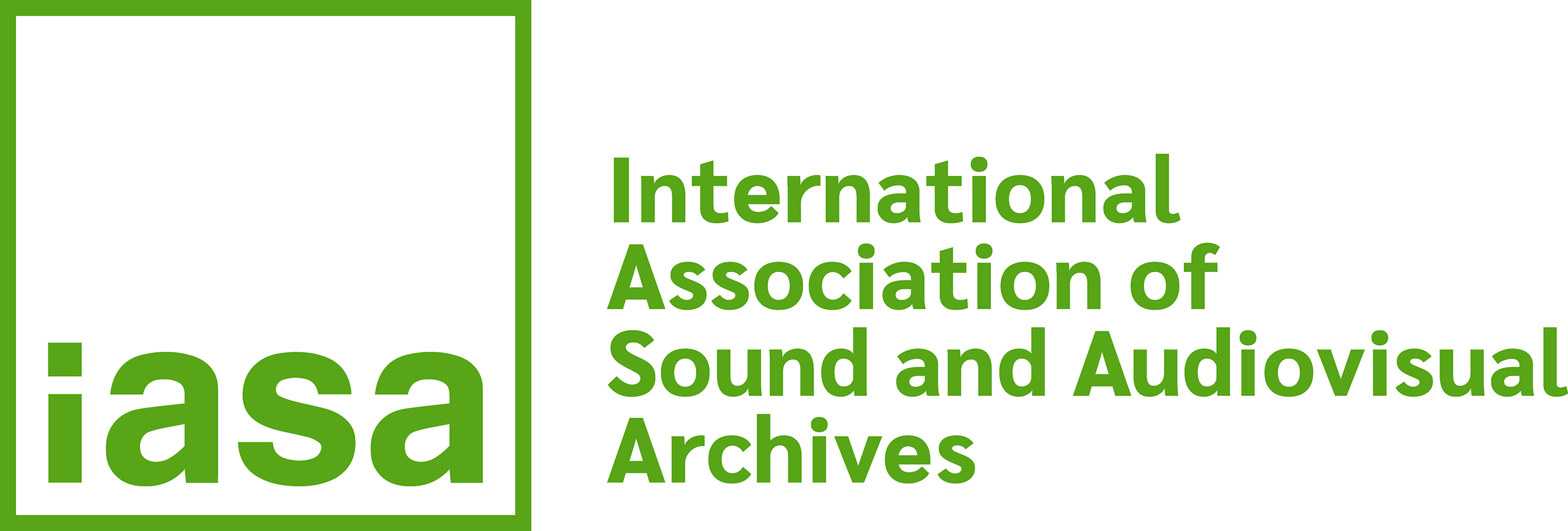1. Introduction
The purpose of this chapter is to suggest how a sound archive may be organised within a broadcasting organisation. It is presumed that the recordings will have been made by the organisation itself, and that a collection of commercial recordings will be organised separately. However, it is recognised that the two collections may be managed as one unit and this essay should be read in conjunction with that on commercial recordings elsewhere in this volume.
Archives of sound recordings in broadcasting organisations were not developed until the middle nineteen-thirties, when recording techniques began to be used in radio production. From the beginnings of radio the essence of the new medium was the simultaneous transmission and reception of the broadcast. 'Live' broadcasting provided the main appeal to both the general public and the broadcasters themselves, distinct from the experience of listening to gramophone recordings. In the British Broadcasting Corporation the first recordings were made in the early thirties on 60 rpm discs. Such recordings were made for short-term retrospective use on the BBC's Empire Service, often talks or speeches made by political figures. While initially these recordings were seen as inferior forms of transmission, useful for training staff but lacking in immediacy, an understanding of their potential began to grow. Historical value and as a potential source for new programmes were, and remain, the mainsprings for the systematic formation of sound recording collections in broadcasting.


